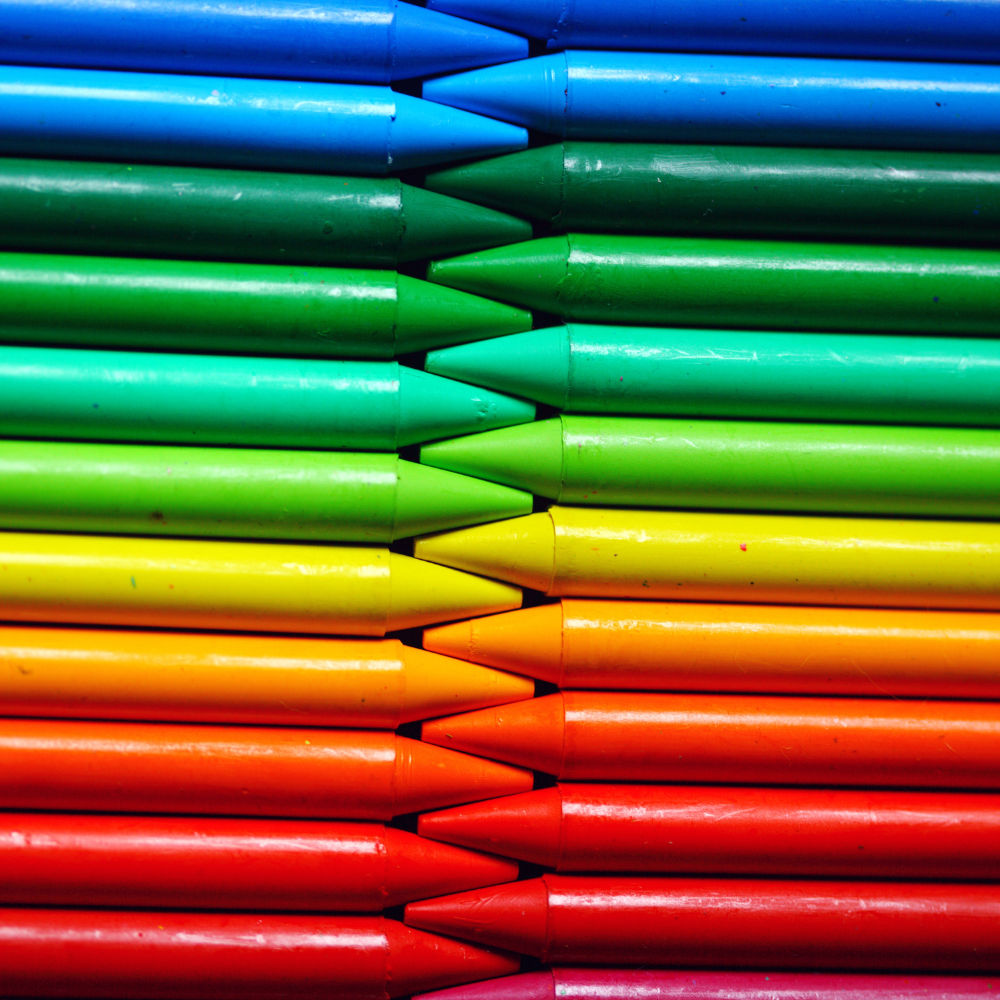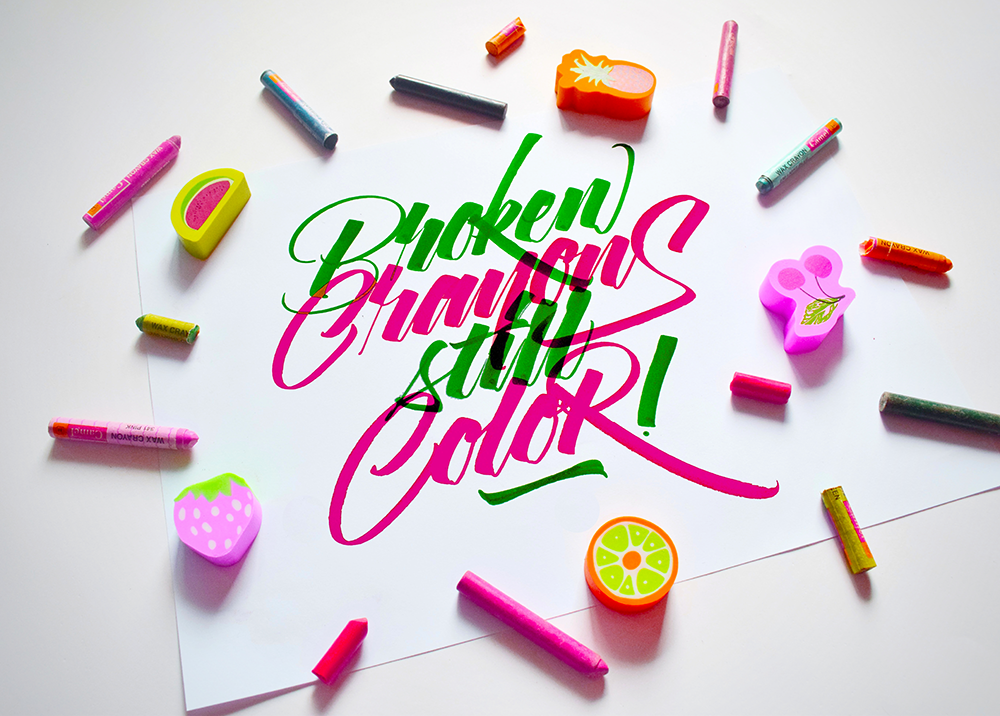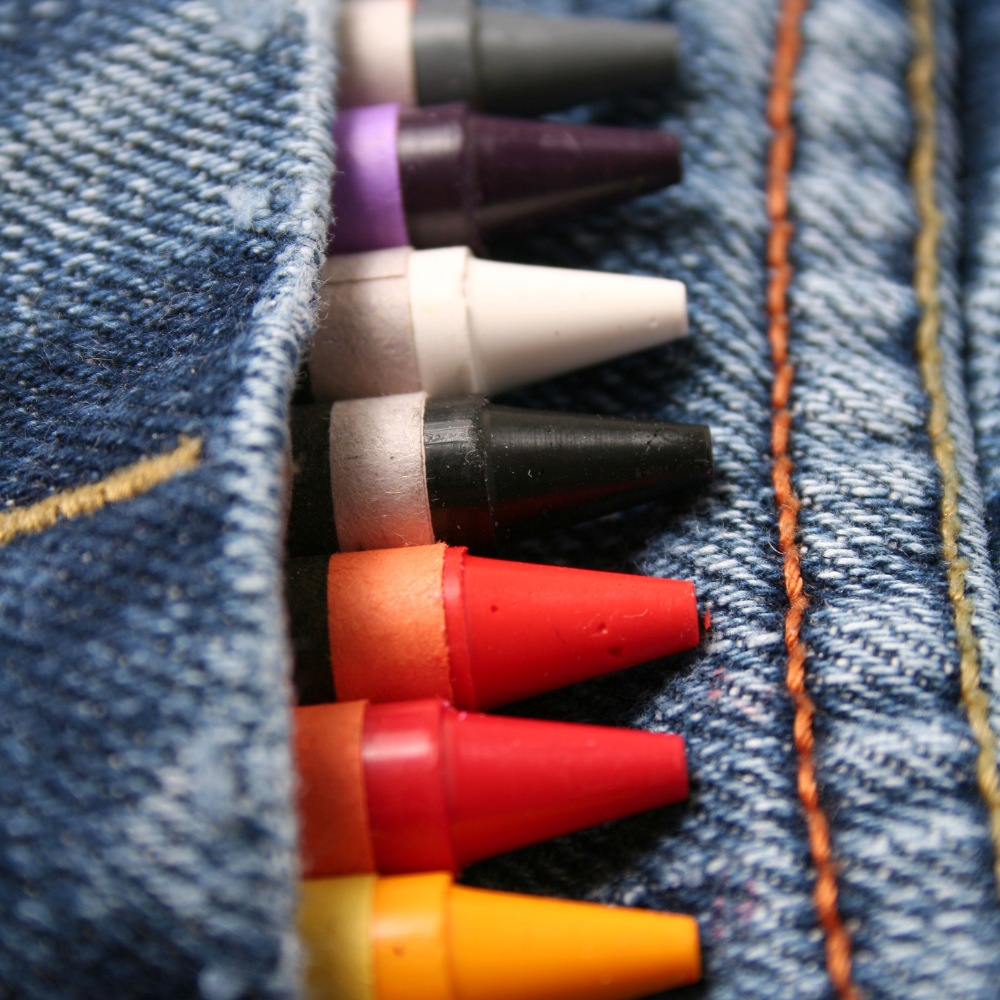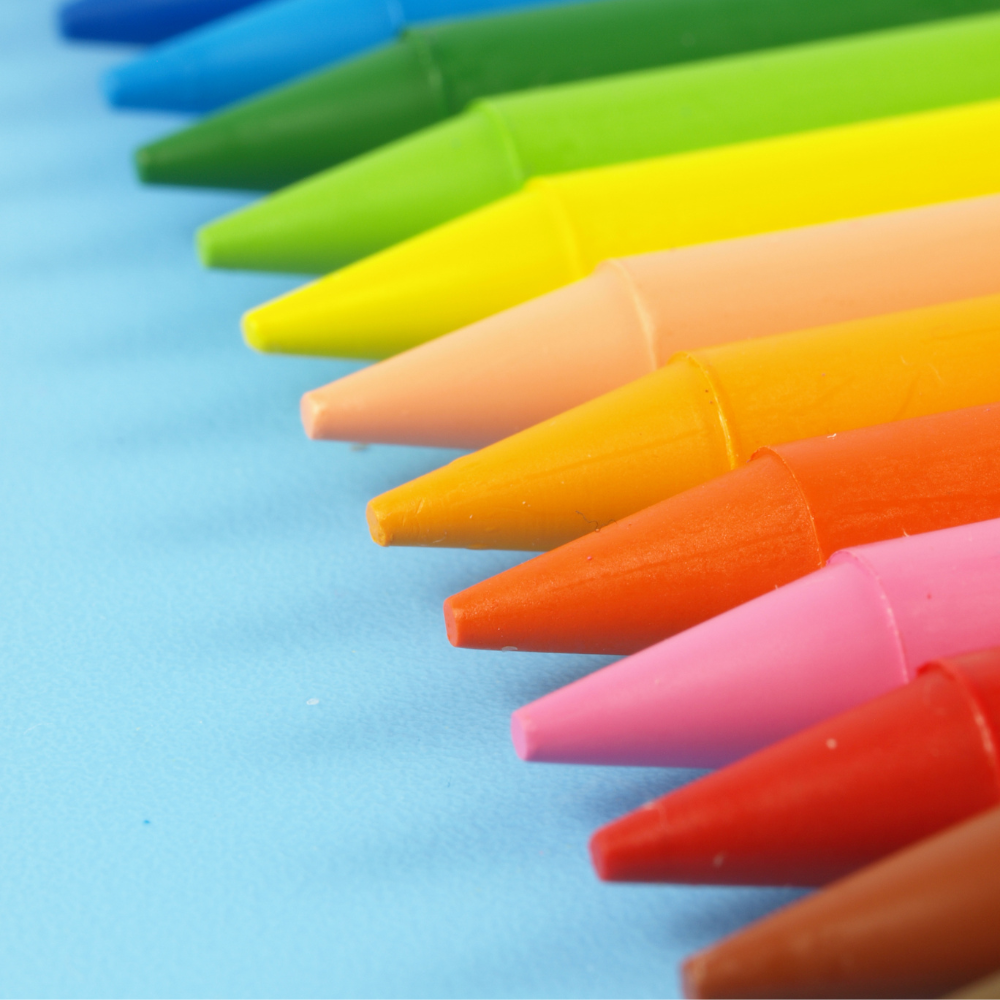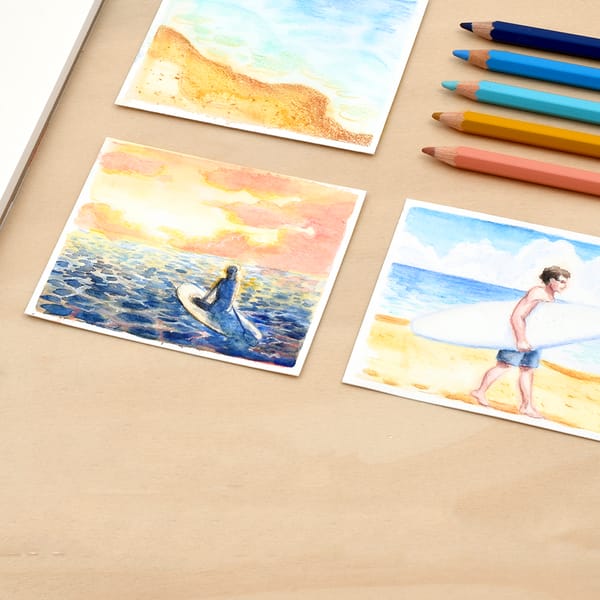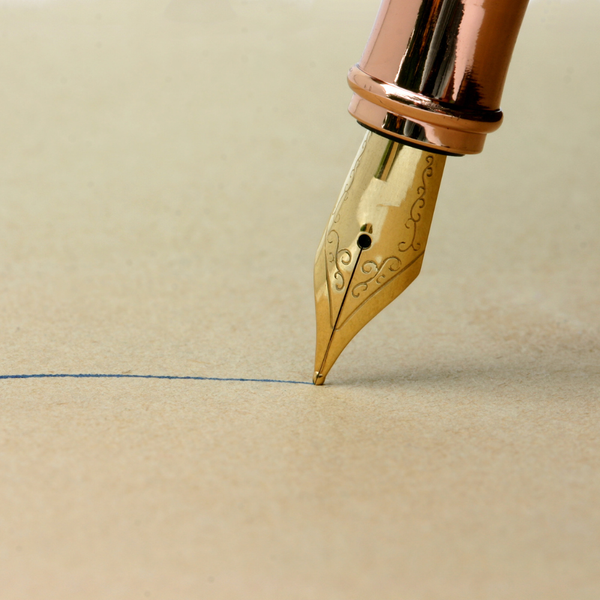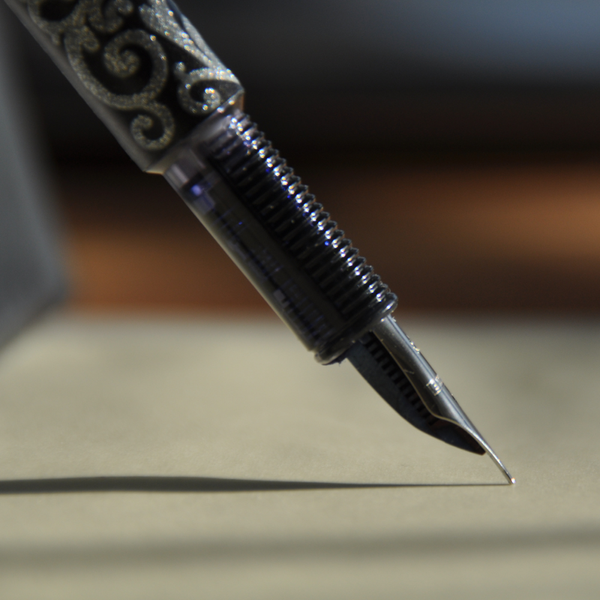Crayons are not just for kids; gone are the days when crayons were confined to the realm of childhood doodles and classroom art projects.
In the hands of a skilled artist, these wax sticks of vibrant colors can transform into a medium capable of producing professional-grade artwork.
With the right techniques, they can be elevated to create professional and stunning works of art.
Whether you're a seasoned artist eager to experiment with new materials or a creative hobbyist aiming to elevate your craft, mastering the art of using crayons professionally can open up a world of artistic possibilities.
Discover how to harness the full potential of crayons and add a distinctive flair to your artwork that stands out in the world of professional art.
Key Takeaways:
- Learn to apply advanced techniques to make crayon art look professional.
- Discover how to blend and layer colors for a sophisticated finish.
- Understand the importance of pressure and direction for achieving desired effects.
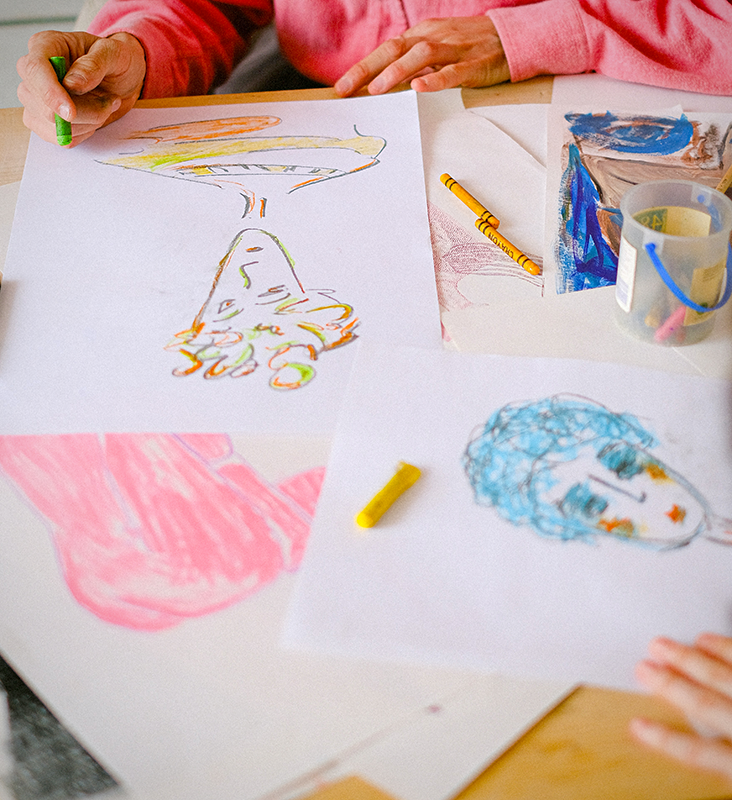
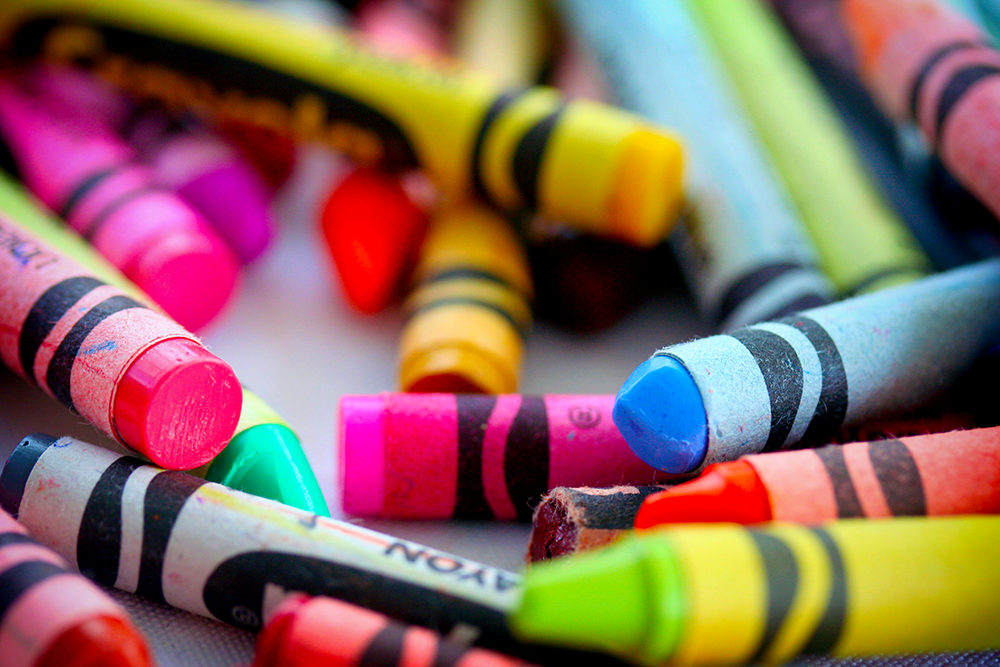
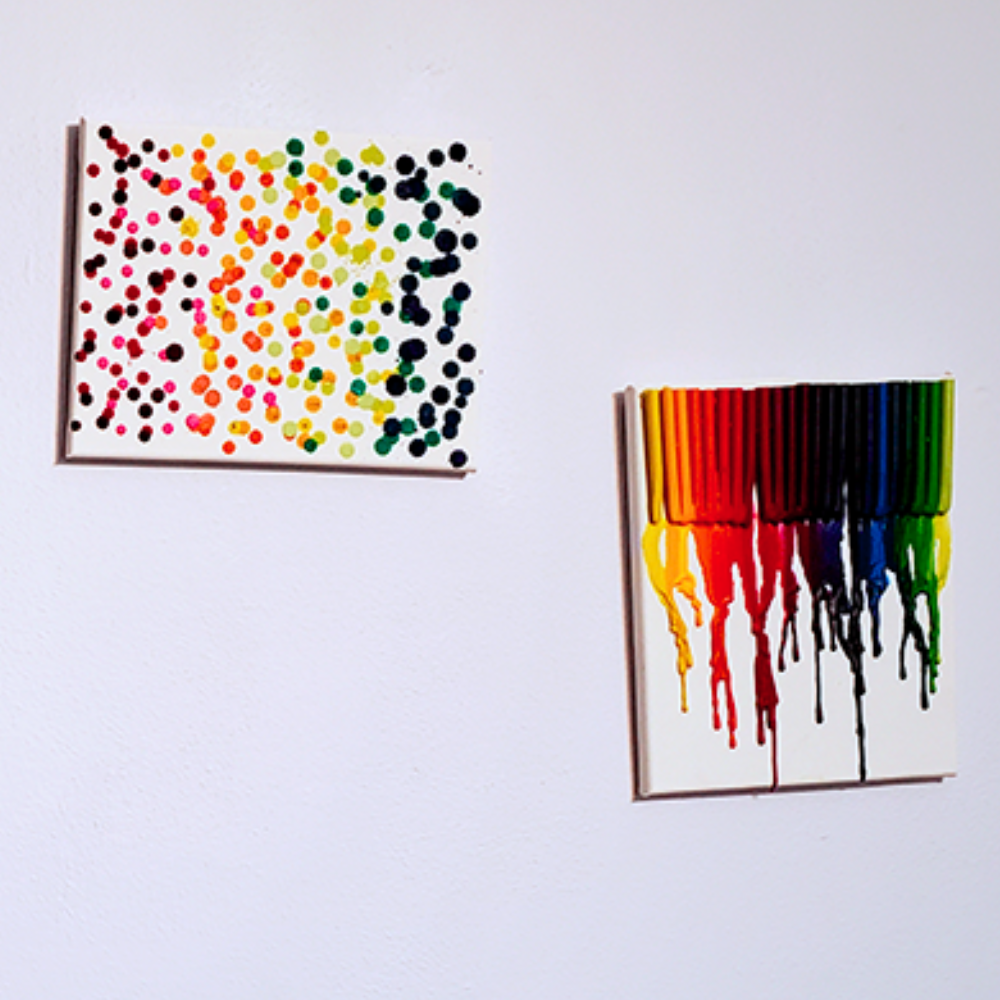
Art of Sharpening Crayons
Sharpening crayons is the first step in preparing for a professional-looking crayon drawing.
A really nice sharp crayon allows for more precise line work and detail.
Invest in a quality sharpener designed for crayons to maintain the integrity of the colorful wax shavings.
Sharp crayons are essential for fine lines and adding intricate details that contribute to a more polished final project.
Consistent Pressure and Direction
When using crayons, how much pressure you apply and the direction of your strokes can dramatically affect the outcome.
Consistent pressure ensures full coverage and a more pleasing look, while consistent direction helps to create a uniform texture.
Practice applying pressure evenly and try to color in very small circles or curved lines to avoid leaving paper exposed.
Mastering Light Layers
To achieve an intense color or a blended look, start by applying a light layer of color.
This technique allows you to build up to the desired intensity without over-saturating the paper.
It's also easier to correct mistakes when you color lightly and build up gradually.
Overlap colors lightly to create new shades and a more dynamic piece.
Role of Color Theory
Understanding color theory is crucial when you want to make crayon art look professional.
Knowing which colors complement each other and how they interact can help you create more sophisticated artwork.
Use this knowledge to plan out your color starting points and how they will blend together for the most impactful result.

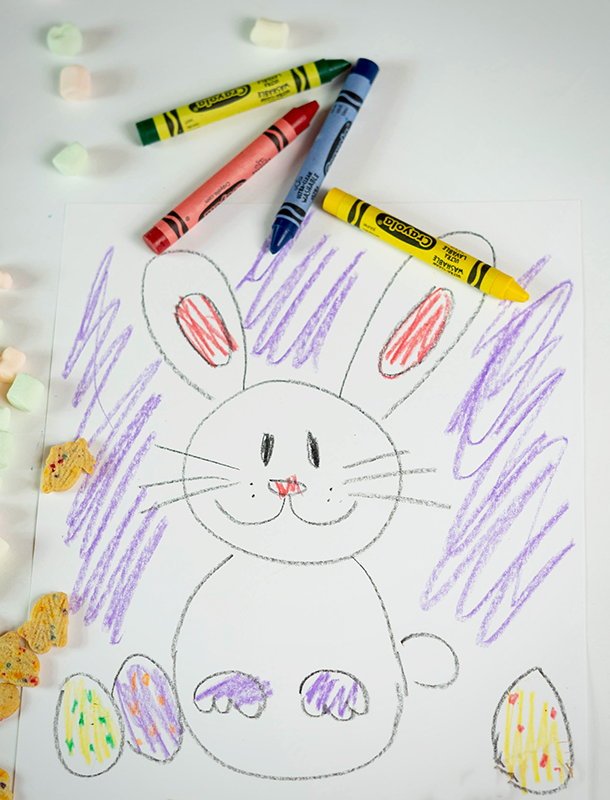
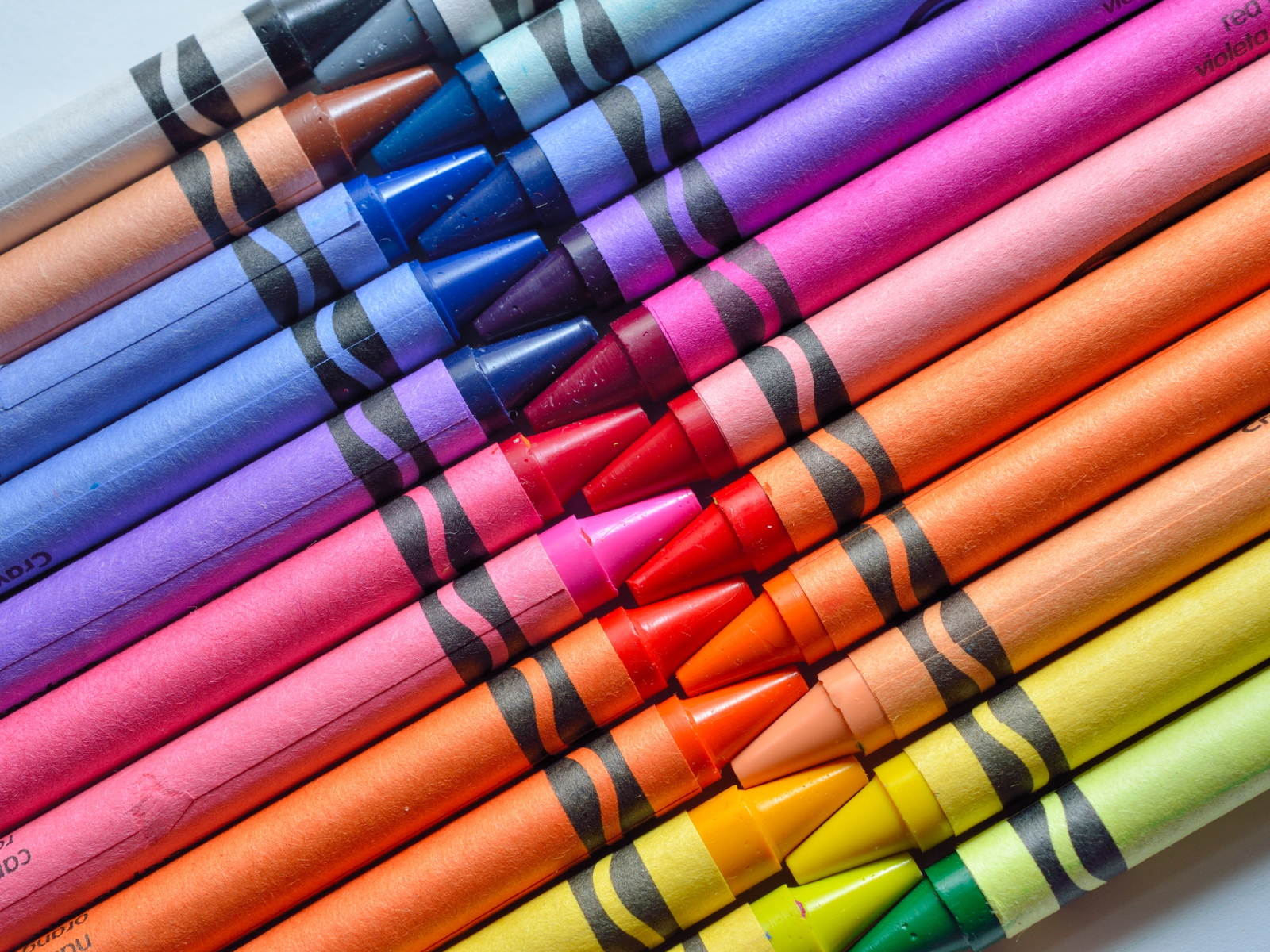
Blending with Crayons
Blending is a technique often associated with colored pencils or paint, but it can also be applied to crayons for a professional effect.
To blend with crayons, lightly color your base layer, then add a second color on top, pressing lightly to mix the two.
For a smoother blend, you can use your finger or a blending stump to soften the transition between colors.
Embracing the Gradient Technique
The gradient technique is a cornerstone of professional crayon art, where pressure creates emphasis and subtlety.
By varying the pressure as you color, you can create a smooth transition from one color to another, or from full saturation to a lighter tint.
This method is particularly effective when you want to add depth to your drawings or when working with a limited color palette.
It's a skill that even younger children can begin to practice by simply varying how hard they press down with the crayon.
To achieve a successful gradient, start by selecting colors that naturally blend well together.
For instance, if you want to create a sunset effect, you might choose a sequence of yellow, orange, and red crayons.
Begin with the lightest color, press lightly at first, and gradually increase pressure as you move towards the darker shades.
Remember to change direction smoothly to avoid harsh lines.
With practice, you'll find that gradients can add a whole new dimension to your crayon artwork, making it look more sophisticated and dynamic.
Crafting Textures with Crayons
Textures can bring life and realism to crayon drawings, and they're super affordable ways to add complexity to your work.
To create texture, you can layer different colors, use the side of the crayon, or even employ a technique called 'scumbling,' where you layer scribbles of different colors.
This can mimic the look of fur, grass, or other natural elements.
Great tips for beginners include starting with simple textures and observing the world around you to understand how light interacts with different surfaces.
When aiming to depict a specific texture, consider the surface you're trying to replicate.
For instance, to draw the roughness of a tree bark, pressing hard with a dark brown crayon and then going over it with lighter strokes of a tan or beige can create a convincing effect.
Recommend testing these techniques on scrap paper to get a feel for how the crayon behaves.
With so many colors available, you can experiment with a whole bunch of combinations to find the perfect match for the texture you're trying to achieve.
Whether you're working on a detailed sketch or a playful scene for younger children, mastering texture is a surefire way to elevate your crayon art.
Understanding Color Saturation
When coloring with crayons, achieving the right color saturation is crucial for a professional look.
More red hues, for instance, can add warmth and depth to your artwork.
It's pretty common to struggle with getting a vibrant, saturated color, but the key is to build up the color gradually.
Start with a light layer and increase the intensity with each additional layer.
This technique allows for more control over the final shade and ensures that the color is evenly distributed across the paper.
To enhance the saturation, consider the surface you're working on.
A paper with a bit more texture can hold more wax from the crayon, resulting in richer color.
Remember, though, that too much layering can lead to a waxy build-up.
To avoid this, periodically scrape away any excess with a craft knife or similar tool.
This will help maintain the professional appearance of your coloring project.
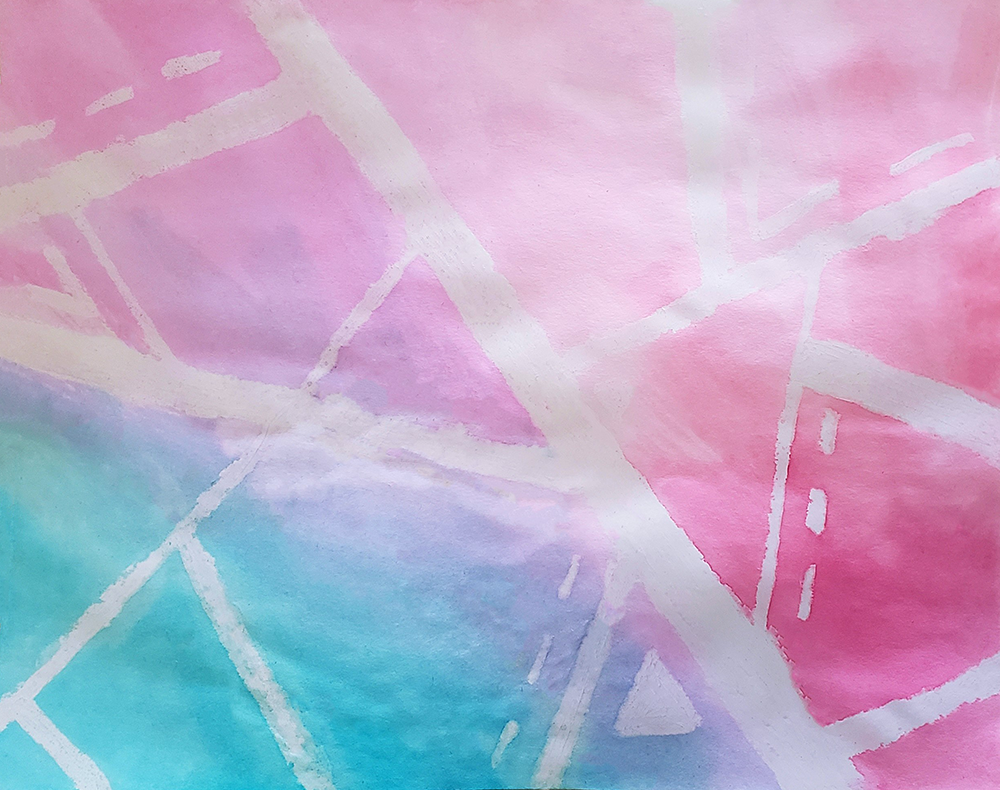

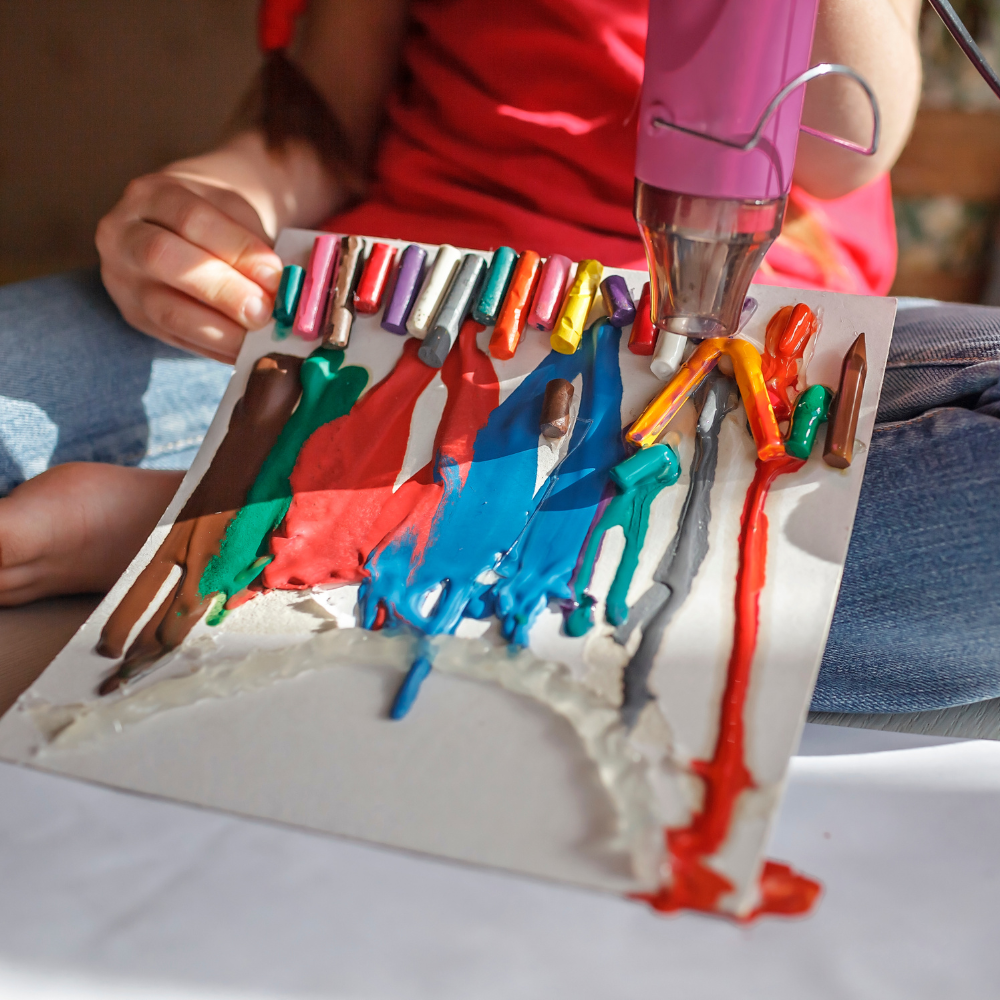
Crafting Cool Tones with Crayons
Cool tones in artwork can evoke a sense of calmness and serenity.
When aiming to create these tones with crayons, it's best to start with a base layer of a light blue or green before adding layers of darker shades.
This base helps to establish the cool tone and provides a foundation for further coloring.
It's also pretty common to use a white pencil to blend these layers together, softening the transitions and creating a more cohesive look.
One of the best tips for working with cool tones is to understand the impact of complementary colors.
For example, using a bit of orange in areas where shadows or depth are needed can make the cool tones pop even more.
This is because orange is the complementary color to blue, providing a striking contrast.
Additionally, experimenting with different pressures and strokes can add texture and movement to your piece, making the cool tones dynamic and engaging.
Utilizing Watercolor Pencils
Watercolor pencils can be a great addition to crayon art.
They are water soluble and can be used to create a watercolor effect when combined with crayons.
Apply the watercolor pencils first and then enhance the artwork with crayon details.
This combination can give your piece a unique, blended look that stands out.
Techniques for Darker Colors
To add depth to your crayon drawings, you may need to incorporate darker colors.
When applying a dark color, start with a lighter touch and gradually increase the pressure to build up the intensity.
This method allows for more control and helps to avoid overwhelming the piece with too much of a darker color.
Creative Ideas for Abstract Art
Crayons are so much fun when it comes to creating abstract art.
Experiment with different textures and patterns.
Use a craft knife to create colorful wax shavings that can be arranged on a canvas and melted for a totally awesome effect.
Abstract art allows for more freedom and is a great way to showcase the versatility of crayons.
Incorporating Other Media
Crayons work well with other media, such as markers, ink, or even paint.
This can add dimension and texture to your artwork.
For example, you can create a background with watercolor paint and then add details with crayons.
Mixing media can give your crayon art a more complex and professional appearance.
Final Project Presentation
The presentation of your final project is key to making it look professional.
Choose a high-quality paper or canvas that complements your artwork.
Consider mounting or framing your piece to protect it and add an extra level of sophistication.
The way you present your crayon art can make a significant difference in its perceived professionalism.
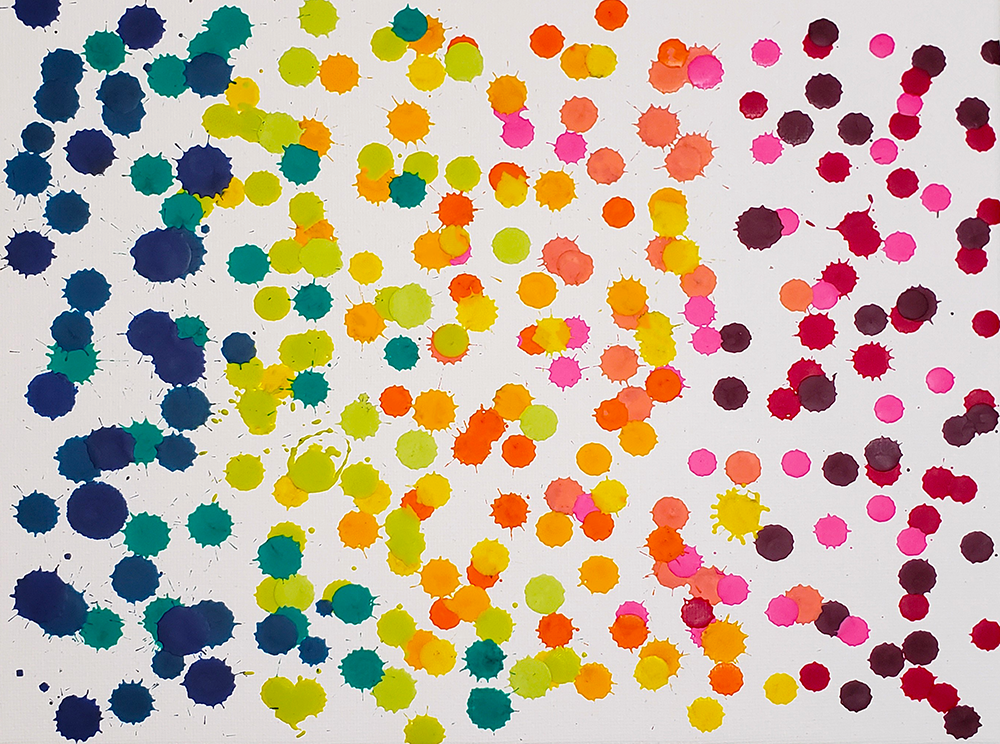
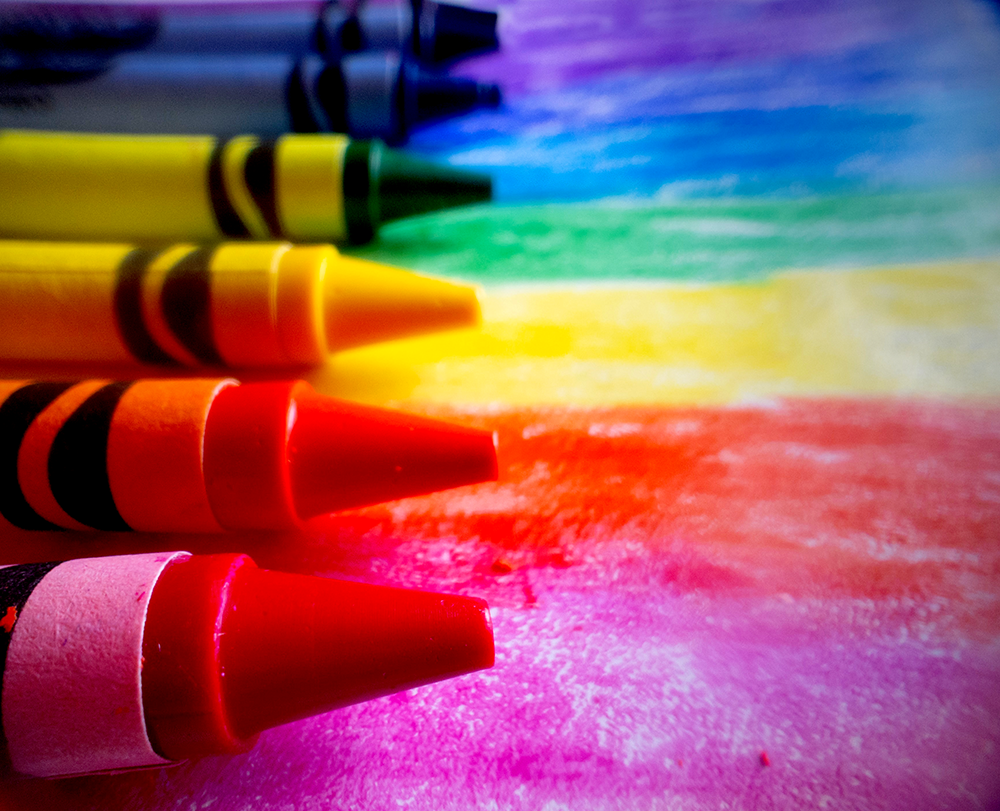
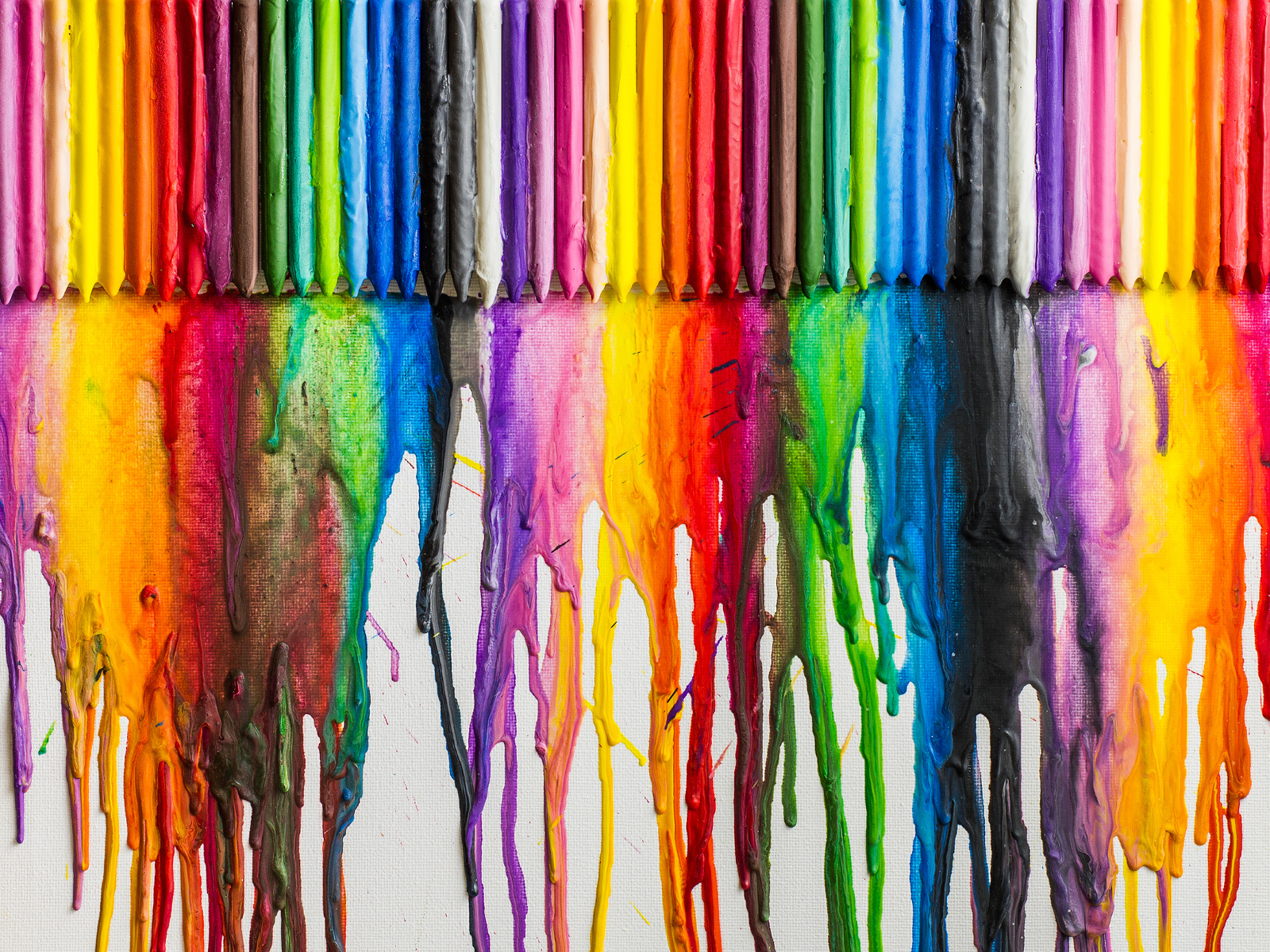
Creative Potential with Pro Crayon Techniques
Transforming crayon art from playful sketches to awe-inspiring masterpieces is entirely within your reach.
Crayon art can be elevated from a simple childhood pastime to a professional and respected art form.
By honing your skills in sharpening, layering, blending, and understanding the nuances of color theory, you elevate not just the medium but also your artistic expression.
Remember, the presentation of your final project is just as important as the creation process.
With these techniques, your crayon art will not only be professional but also a true reflection of your artistic abilities.
Incorporating mixed media and mastering presentation techniques further sets your work apart, making it not just professional, but profoundly personal and unique.
Embrace these strategies, and watch as your crayon creations captivate and inspire, reflecting the true depth of your artistic prowess.
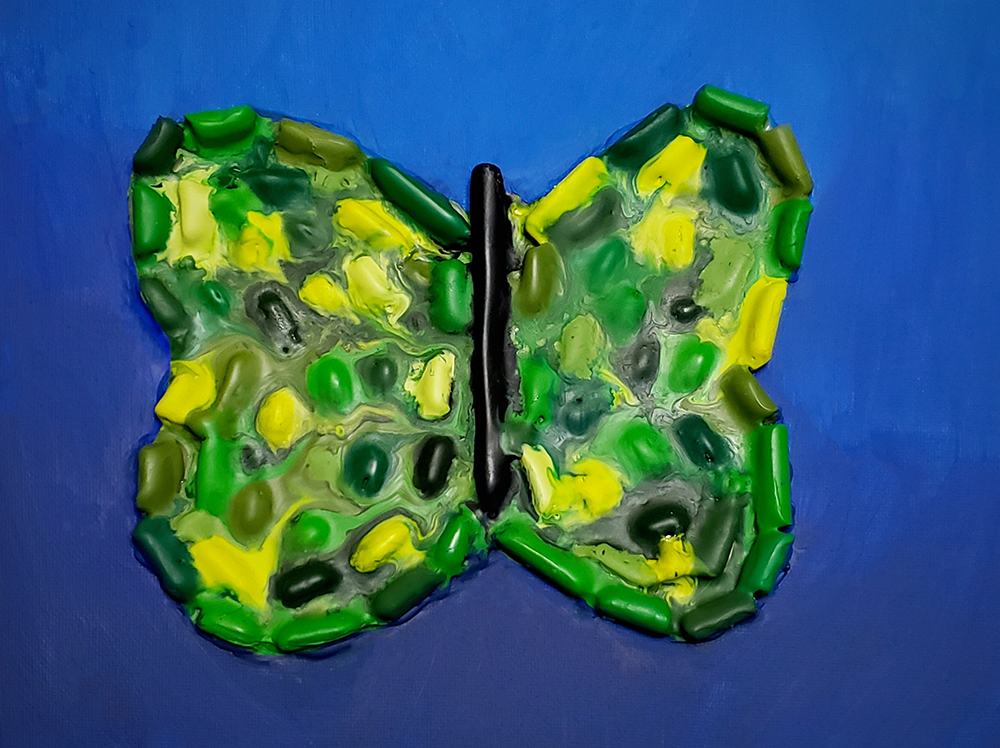
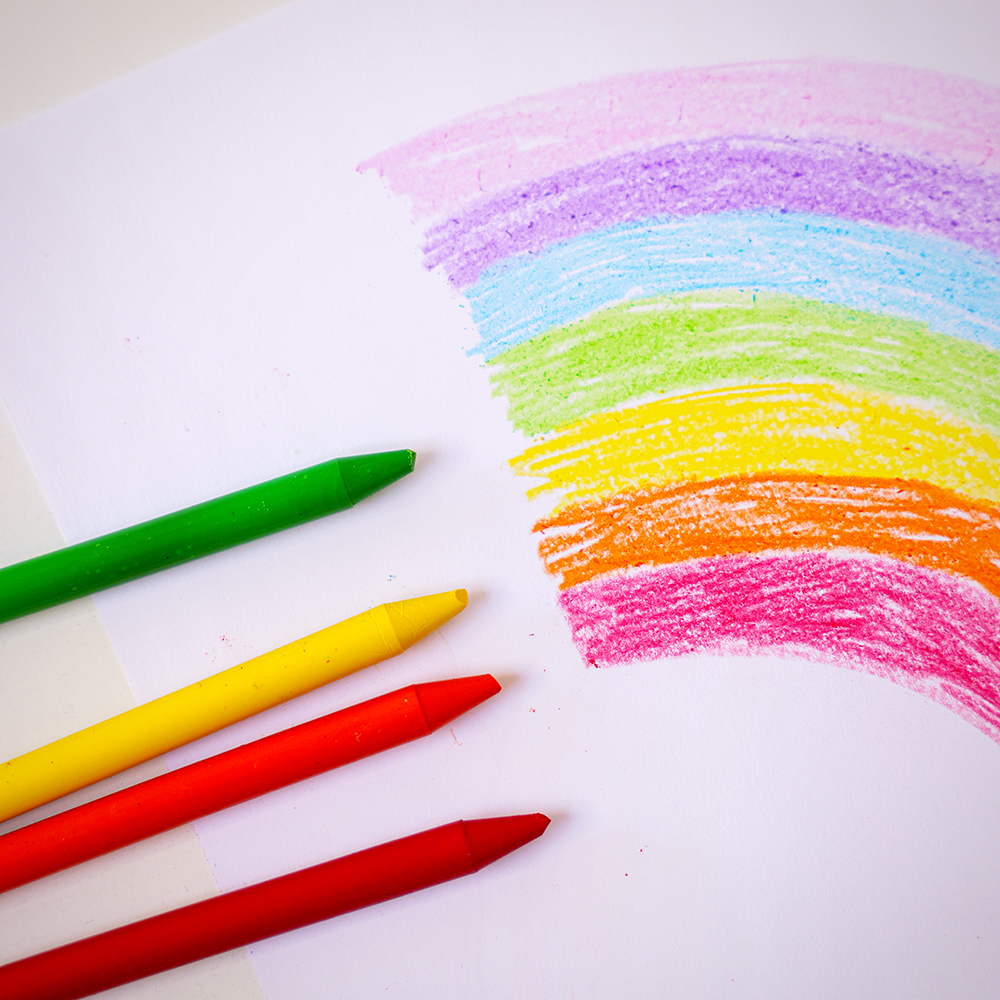
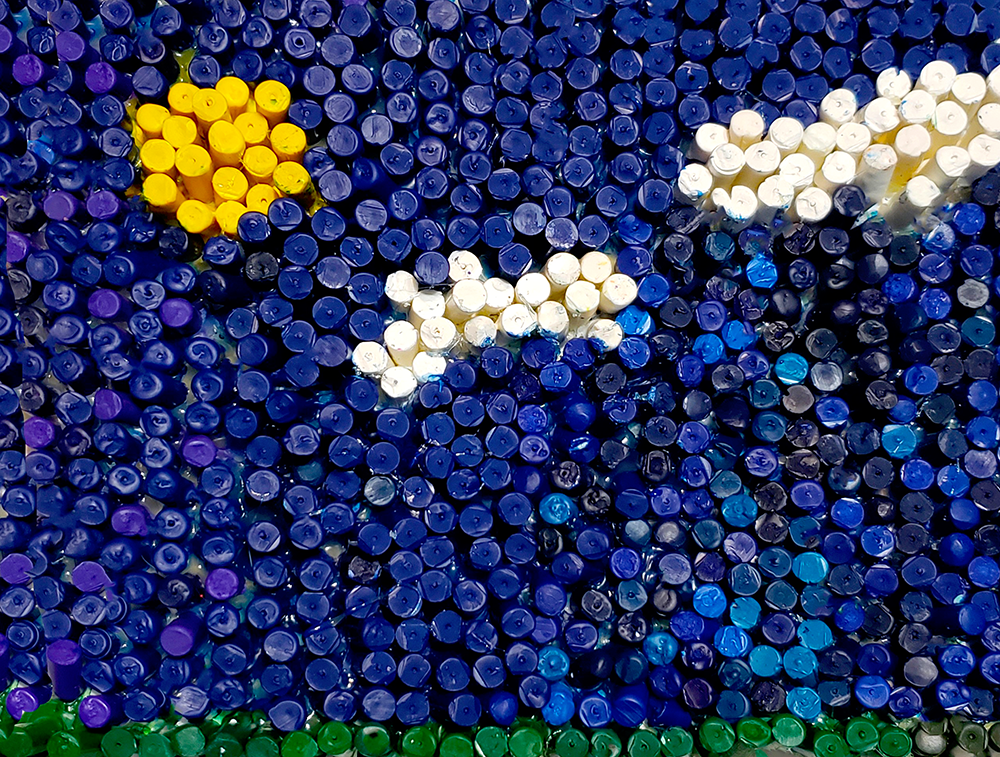
Crayon FAQs
Let's dive into the colorful world of crayons and explore their potential beyond the classroom.
Whether you're a professional artist curious about incorporating crayons into your artwork or someone looking to elevate your crayon drawings, you've come to the right place.
Here, we'll address some common questions and provide insights to help you unlock the full artistic potential of crayons.
From achieving a mature aesthetic to selecting the best crayons for professional work, let's explore how this humble medium can add vibrancy and texture to your artistic endeavors.
Can professional artists really use crayons in their artwork?
Absolutely! Crayons can be used to create professional artwork when applied with advanced techniques. Artists often explore this medium for its unique texture and vibrant colors.
How can I prevent my crayon drawings from looking childish?
To give your crayon drawings a more mature look, focus on sharpening your crayons for fine details, applying consistent pressure, layering colors, and understanding color theory. Also, consider how you present your final piece, as framing can add a professional touch.
Are there any special types of crayons that are better for professional work?
While regular crayons can be used professionally, there are higher quality crayons available that are formulated with a higher pigment concentration for more intense color. Watercolor pencils and artist-grade crayons can also be a good choice for professional work.
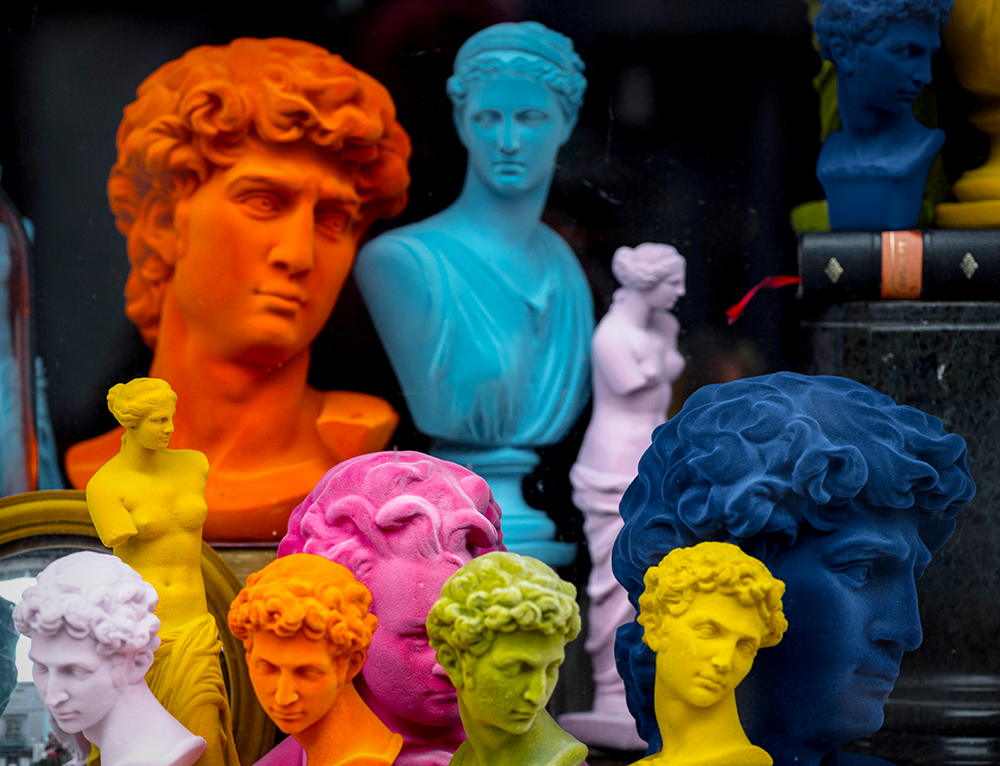

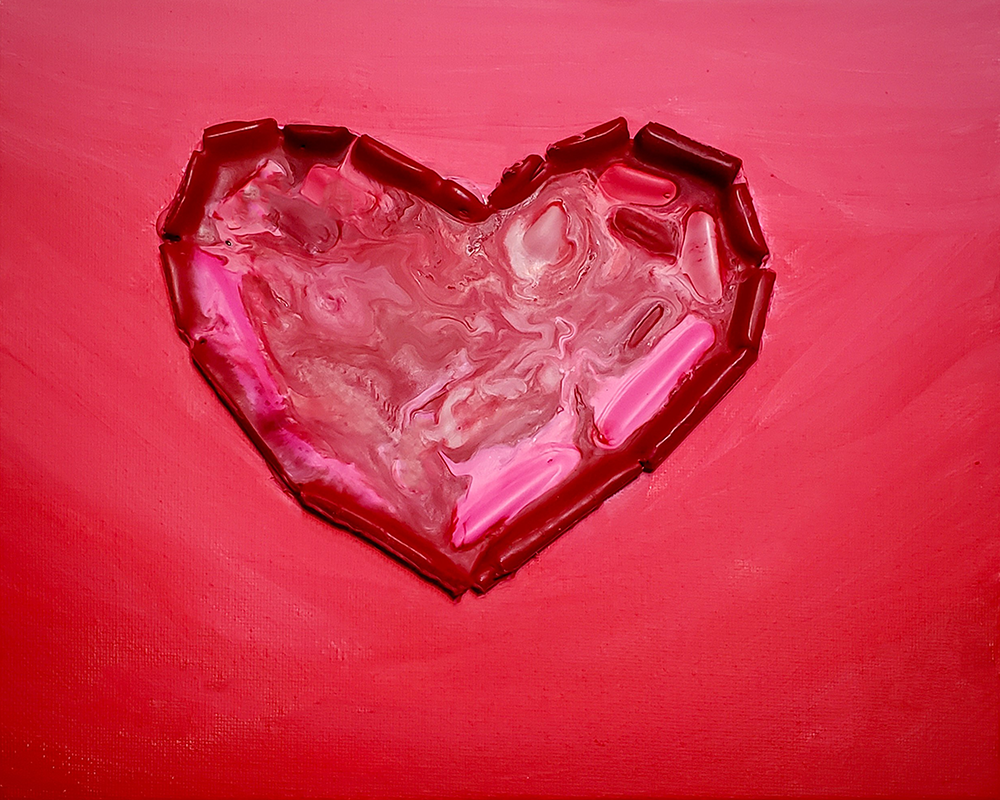
Eager to learn more about professional-looking crayon art? Check out Emily Arts' video!
Want even more content about creativity and art?
Be sure to check out all of our creative chronicles!
Love crayons?
Check out some of our other articles:
-Why does crayon resist watercolor?
-What crayons do professionals use?
-Who is the most famous crayon artist?
